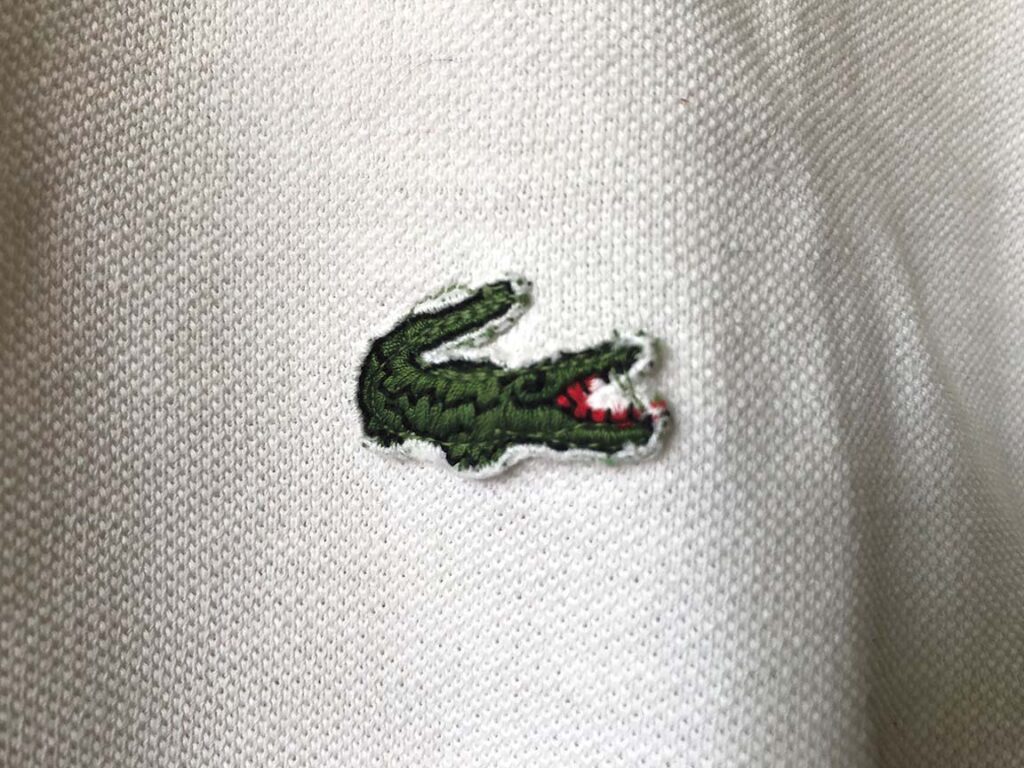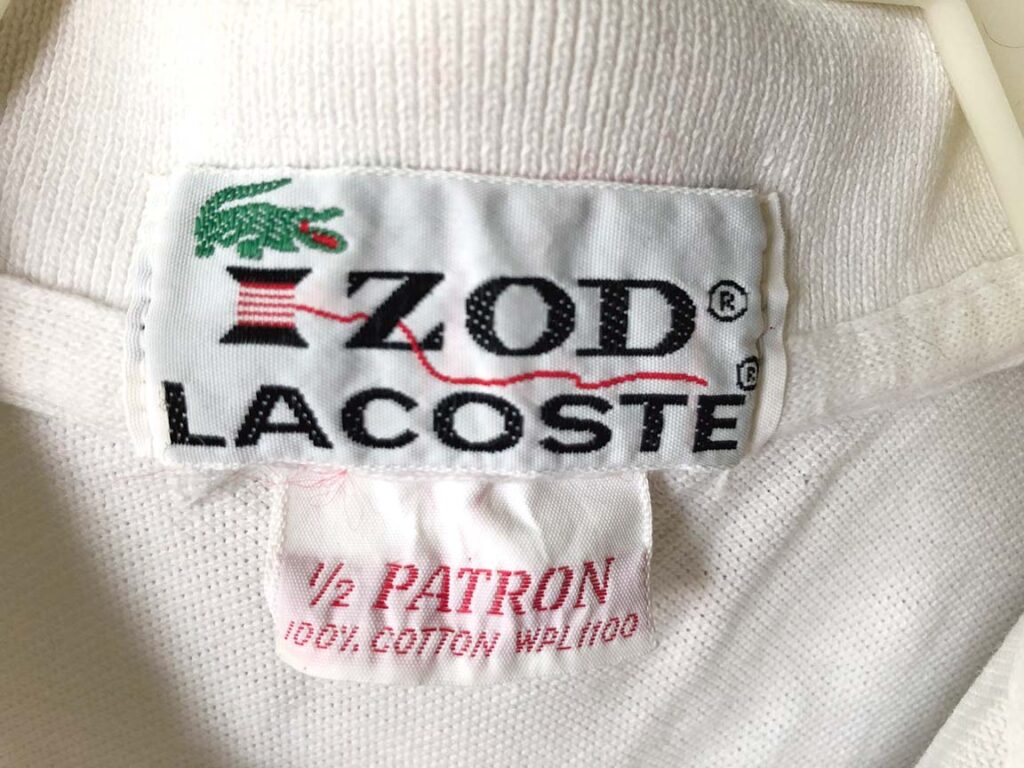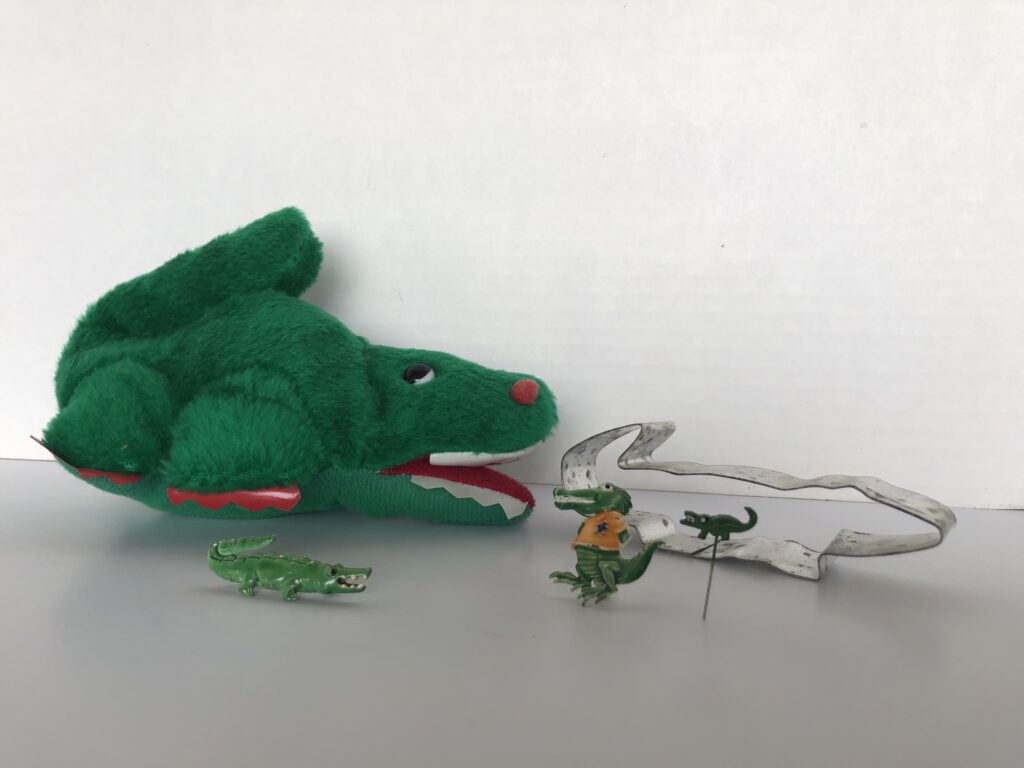
Dorri Partain
Contributor
Whether one thought the embroidered logo was an alligator or crocodile, the Izod Lacoste polo shirt was the most popular brand worn as a status symbol during the early 1980’s.
Designed by French tennis player René Lacoste (1904-1996), the logo was actually a crocodile. By 1923, Lacoste’s playing style had earned him the nickname “the Crocodile” by American sportswriters. He asked his friend, stylist Robert George, to sew a crocodile onto the white jackets he wore to matches to capitalize on the nickname.
Looking for a more comfortable shirt to wear while winning world titles, by 1927 Lacoste had designed a short-sleeved shirt made of pique knit fabric. Textiles manufacturer André Gillier (1882-1935) worked with Lacoste to mass produce the new type of shirt at his knitwear company, Établissements Gillier, in 1933. The Lacoste branded shirt featured a small crocodile emblem on the chest, becoming the first brand to feature a logo on the garment.
In 1952, Lacoste entered into an agreement with an American sportswear manufacturer, the David Crystal Company, to import the brand. David Crystal, founded in 1906, owned several other brand names, including Haymaker and Izod, a brand founded by London tailor Jack Izod.

The imported Lacoste shirts worn by Americans often carried a variety of labels that not only read Lacoste but also either David Crystal, Haymaker or Izod. A 1966 agreement between the two companies allowed the Lacoste shirts to be made in America. A shirt hang tag that featured both the Izod and Lacoste logos stated that they were styled in France, were 100% cotton, had a flattering ribbed collar and cuff, taped seams at stress points, and a long (shirt) tail that stays tucked in.
At the height of the “preppie” fashion style during the early 1980’s, the Izod Lacoste polo was usually worn unbuttoned with the collar flipped up. Madras plaid shorts, trousers or skirts completed the look, along with a cotton sweater draped and tied around the neck. To add to the look, Lacoste began offering leather goods: belts, luggage and sports bags, all with the popular crocodile emblem, in 1981.
Other garment manufacturers began making their own logo “designer polos” that were less expensive, such as J.C. Penney’s Le Tigre, or Ralph Lauren’s Polo brand that was more expensive and even more of a status symbol.
The crocodile, with its open mouth and curved tail, could also be found on unlicensed products like stuffed toys, fashion pins, and even a cookie cutter, to capitalize on the Lacoste brand’s popularity.
The agreement between the two companies ended in 1993, but polo shirts, no matter the brand or chest emblem, remain a popular garment choice today.




















